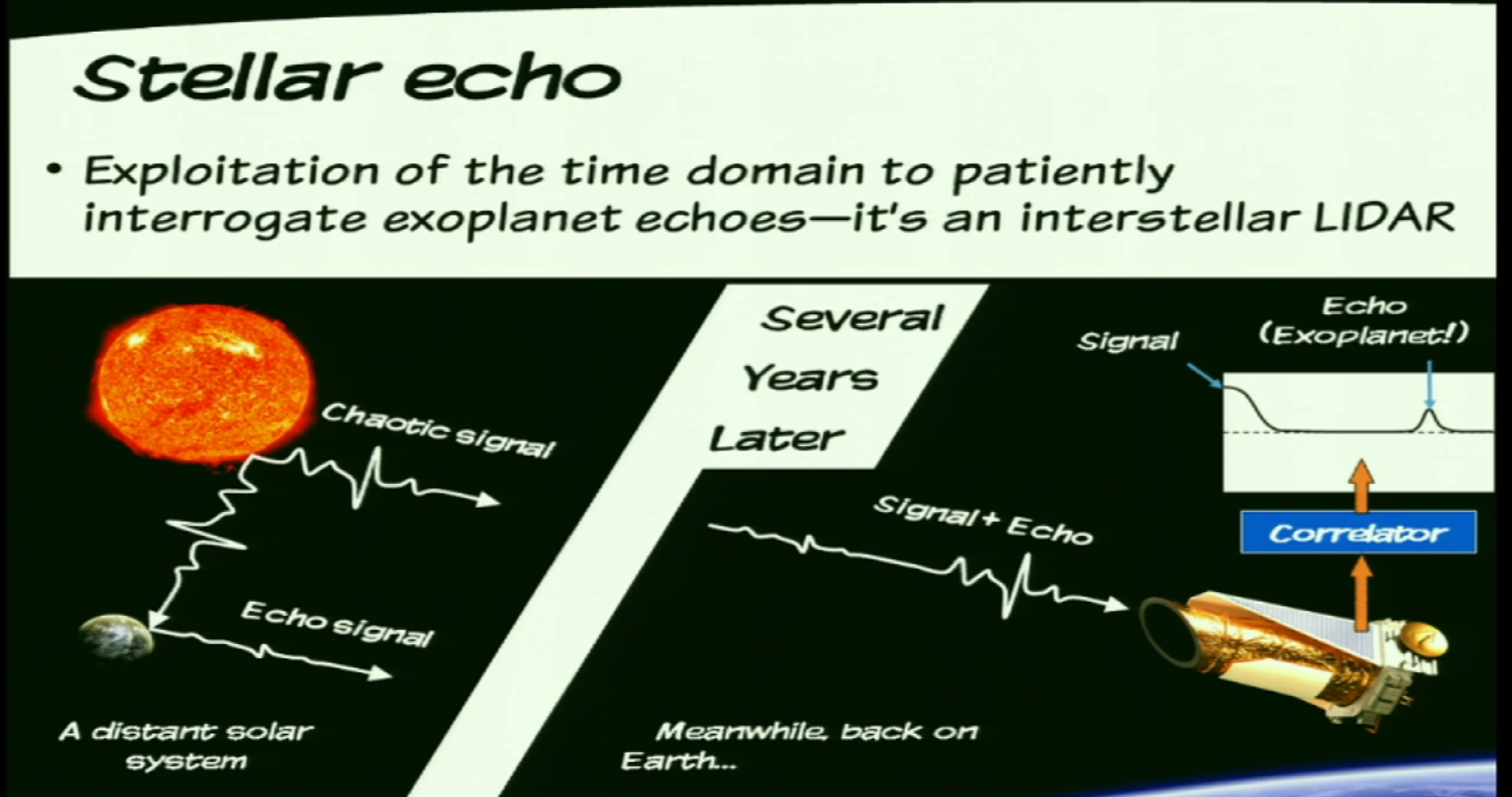Proposed First Gravity Lens Mission by 2028 that Could Spot Large Islands on Exoplanets by 2050
A meter-class telescope with a coronagraph to block solar light, placed in the strong interference region of the solar gravitational lens (SGL), is capable of imaging an exoplanet at a distance of up to 30 parsecs with a few 10 km-scale resolution on its surface. The picture shows results of a simulation of the effects …










